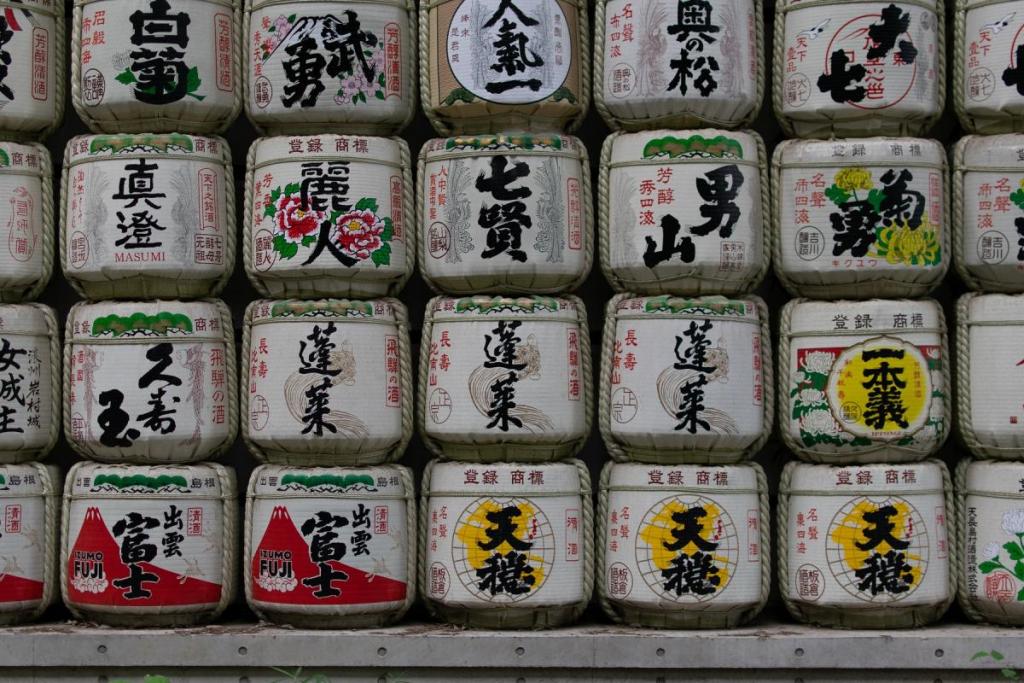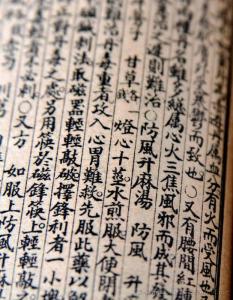"Under heaven there is no difficulty for men of good will"
Today about 6,800 languages are in use in the world, I have chosen to study the Chinese language among them and I have not regretted it! I remember the reaction of my father and mother when I told them that I wanted to study Chinese, they said to me: “No! Then you'll have to go to China, and it's far away. Very far!"

In this simple sentence, of anxious and protective parents, the main problem is contained, namely: "THE DISTANCE".
The Chinese language is not difficult, it is simply far from the Italian language. Trust, for a Chinese, learning our language is much more difficult.
The Chinese Language, Writing
Chinese writing is one of the oldest in the world, its handwriting is unique. Chinese characters are divided into three categories:
PICTOGRAMS: derive from a design that, with a little imagination, resembles an object.
IDEOGRAMS: derive from an image that represents an idea.
PHONOGRAMS: composed of two parts, one alludes to the concept and the other to pronunciation.
Legends about the birth of Chinese writing
The many legends about the origins of Chinese writing are interesting and terribly fascinating. The protagonists of these legends are the three emperors: Fu Xi, Shen Nong, Huang Di. The most interesting legend is that related to the emperor Huang Di, who lived in the XXVI century BC.
It is said that a minister of the emperor, a certain Cang Jie would have invented Chinese writing as we know it today.
Huang Di, known as 'The Yellow Emperor', allegedly asked Cang Jie to find an easier way than the famous annotation system that was in place during the era of Emperor Shen Nong. The annotation system consisted of knotting the cords to record events and do the math.
Legend has it that Can Jie, after receiving this assignment, headed for the river bank to be alone and think of a new, simpler system.
Owned there, a phoenix dropped a hardened piece of soil with an imprint. At that same moment a hunter passed that road and Can Jie seeing the man, took advantage of his hunter skills and asked him if he knew the animal that had left that imprint. The hunter replied that the footprint belonged to Pixiu.
A Pixu is a mythological animal, is one of the nine children of the dragon, and is represented with the body of a winged lion and the face of a dragon. It feeds only on gold and silver and is used as an amulet. You can commonly find it guarding palaces or temples.
From that moment on, Cang Jie began to observe everything around him and to look for signs that could represent what he saw.ù
The origins of Chinese writing
Let's abandon legends and dive into history. The first archaeological finds date back to 1898-1899 in a village near Anyang. After the flood of a river that dragged away some clods of earth, fragments of deer shoulder blades and tortoise shells with inscriptions emerged.
Subsequently, between 1954-1957, 113 shards and ceramic vases with inscriptions were found near the city of Xi'an, Shaanxi.
The fundamental stages of the evolution of Chinese writing are three: ancient Chinese, that of the Eastern Han and the middle one.

Ancient Chinese dates back to the historical period of the Shang Dynasty, Zhou Dynasty, Spring and Autumn, Warring States. Oriental Han Chinese dates back to the historical period of the Eastern Han dynasty. Middle Chinese dates back to the historical period of the Sui dynasty, Tang dynasty, Song dynasty.
Throughout their history, Chinese characters have undergone a great stylistic evolution, determined by a process of simplification of the lines and the codification of more regular and easily recognizable shapes.
The simplification of the characters, however, was not officially recognized so much that, during the Ming and Qing dynasty, the use of simplified spelling was a reason for rejection in the Mandarin exams.
Furthermore, the simplification process helped to strengthen the distances between the Chinese who lived in the People's Republic of China and those of Taiwan, where traditional handwriting is still used today.
Today, it is possible to find acculturated people who master both systems.
Example: 美麗 beautiful (traditional Chinese) 美丽 beautiful (simplified Chinese)
How to write the Chinese characters
The Chinese character is in itself an artistic design and is composed of a certain number of traits. Strokes are straight line segments, and we must be careful to respect the writing order of the strokes.
Why I wanted to introduce you briefly, very briefly, the history of Chinese writing is
much wider, if you are interested I will write a new article entirely dedicated to its history and various styles. Let's go back now, however, to why I wanted to introduce this vast topic and introduce you to this language?
I answer you right away, I care about China, as Italy obviously cares about me and so, I would like to make a small gesture together with you. Let's write together a simple message for all our Chinese friends and for our Italian friends who are fighting against this virus: "love".
Write with me the character "ài" which means "love"
爱
I chose this Chinese character for two reasons; the first because it is not very complicated to write and the second because the solution to every problem is "love".
In this case, love for one's neighbor, love for this nation that is going through a difficult period, love for people who, as many Chinese young people have already said on social networks, they are people, not a virus.








Follow us